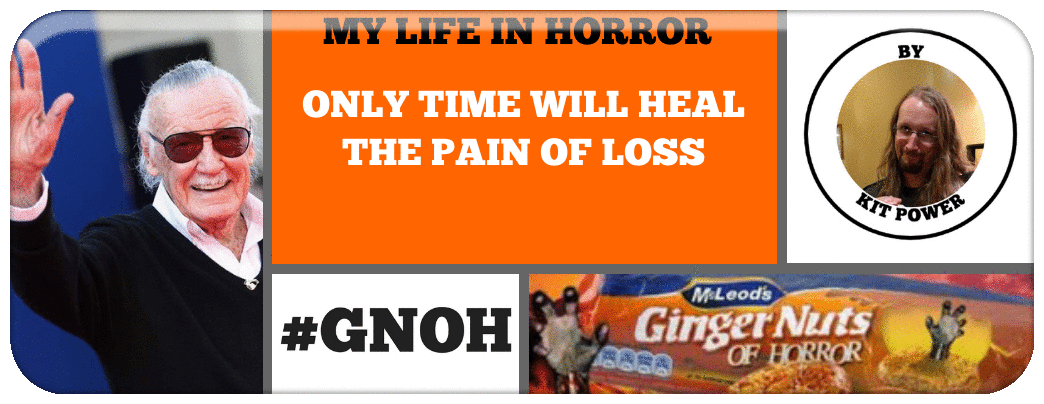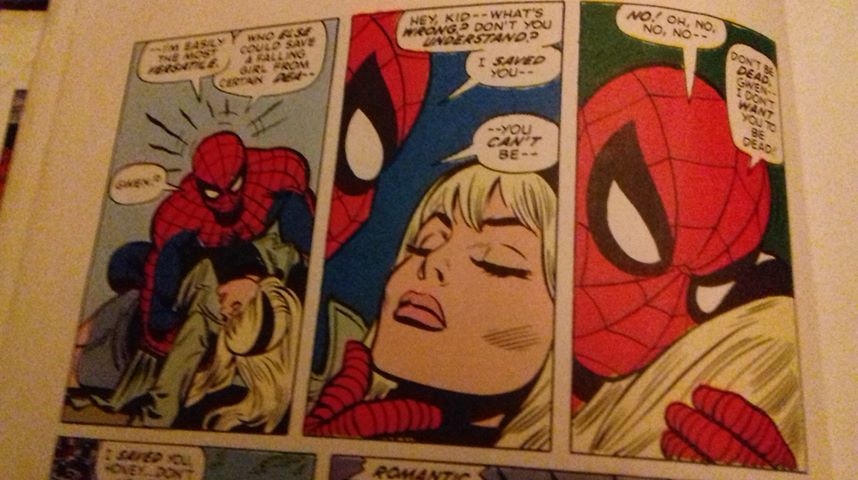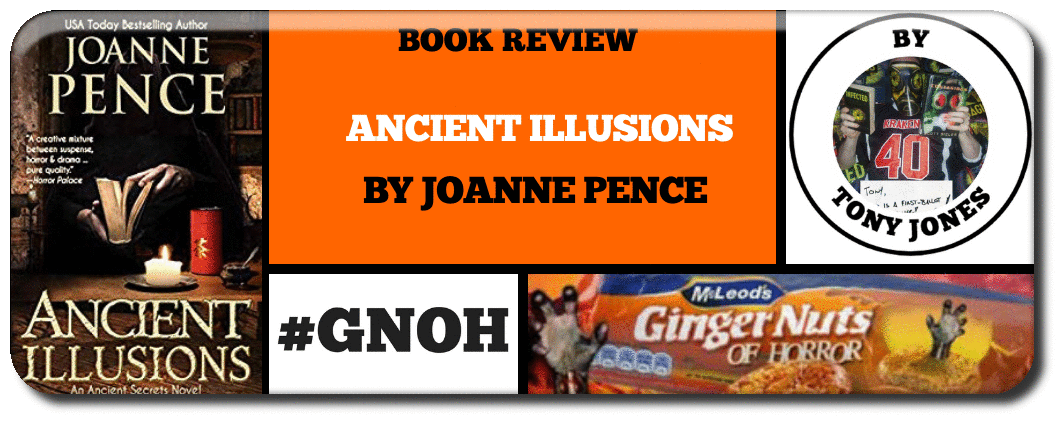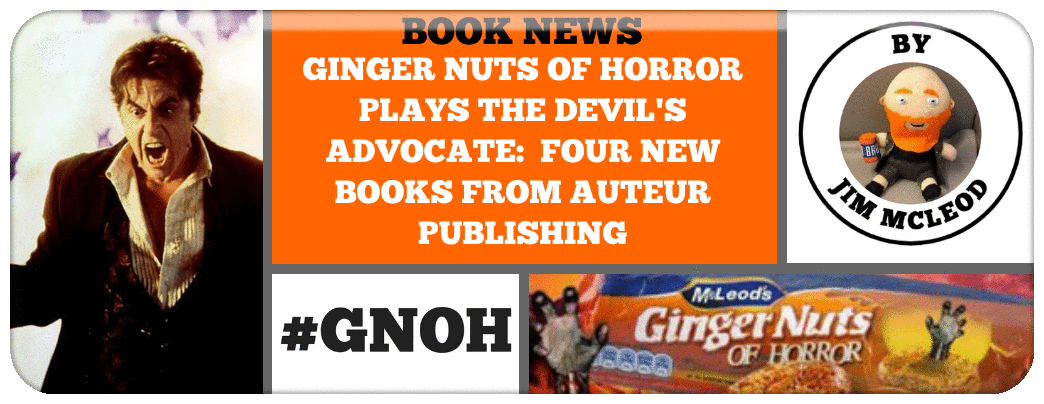|
My Life In Horror Every month, I will write about a film, album, book or event that I consider horror, and that had a warping effect on my young mind. You will discover my definition of what constitutes horror is both eclectic and elastic. Don’t write in. Also, of necessity, much of this will be bullshit – as in, my best recollection of things that happened anywhere from 15 – 40 years ago. Sometimes I will revisit the source material contemporaneously, further compounding the potential bullshit factor. Finally, intimate familiarity with the text is assumed – to put it bluntly, here be gigantic and comprehensive spoilers. Though in the vast majority of cases, I’d recommend doing yourself a favour and checking out the original material first anyway. This is not history. This is not journalism. This is not a review. This is my life in horror. Only Time Will Heal The Pain Of Loss Note: What follows serves as a companion piece to the article I wrote for the Sinister Horror Company Annual - available now: https://www.amazon.co.uk/Sinister-Horror-Company-Annual-Park/dp/1912578093/ Each piece stands alone, but should you read them back to back, there are connections. So, let’s say I’m eleven. Could be ten, could be twelve at the outside. We’ve finally moved to the small village that I’ll see out my childhood in, transitioning to the teenager that I apparently still am (functionally, if not chronologically). Small village life is one of those things. My mum loves it - to this day she lives in a rural community of a few hundred people out in the countryside. For her, there’s a sense of belonging; that everyone knows everyone, neighbours look out for each other (even if they don’t especially get on), day to day is for the most part very routine and predictable. For myself, it was hellish, for exactly the same reasons - I found the ‘everyone knows everyone’ thing smothering and creepy, the constant feeling of being under surveillance claustrophobic (and the forced bonhomie with people I had nothing in common with or actively disliked even worse), the routine stultifying and excruciating. It’ll come as zero surprise to regular readers of this series that I took refuge in various forms of escapism: books, movies, music, computer games… and of course comics. As I mentioned in my piece in the Sinister Horror Annual, getting hold of US comics was functionally impossible for me until the age of 15 or so, when I was finally allowed to take the bus into Exeter of a weekend solo, therein to spend my pocket money on either a new album in HMV or a book at Waterstone, where they’d carry the trade collections of my beloved Batman. Other than that, I had a very small handful of trades my dad had picked up god-knows-where, which I would reread until they collapsed… and the annuals. The annuals were a few-and-far-between thing also. The ones I’d be gifted each Christmas were inevitably Beano or Dandy types. I’d consume them, but they certainly didn’t do a lot for me beyond providing a sense of vague amusement and time passing - which, again, given the circumstances, not nothing, but in retrospect a kind of sad memory, of accomodating blandness as an improvement on outright boredom. But then there were the US ones. I owned only a small handful of these - a couple of Spidermans, A Superman from 83 or 84, and The Mighty World Of Marvel from 1979, starring Daredevil and also featuring Black Panther and Namor the Sub-Mariner. The Superman was okay, but even back then, I was much more of a Batman fan - possibly as much for the amazing rogue gallery as the hero himself - and so it was the Marvel titles I was most drawn to. I picked them up exclusively at bring and buy and jumble sales, church or local school fundraisers where parents would offload unwanted toys, games and books. They’d often still have the names of their previous owners written in the front - and sometimes graffiti inside as well. I cared not a bit. All I was interested in was the stories. The stories contained within the annuals were reprints, selecting standout stories from the previous 12 months (or often, I would later discover, significantly older). As such, they offered a tantalizing window into a wider world forever out of reach, even as they were, for the most part, deeply satisfying collections on their own terms. The Daredevil collection is a good example of what I’m talking about. The A story is a two or three issue arc featuring a kidnapping story that’s complicated by the fact that the father of the kidnapped kid is also trying to build a controversial new power station that Namor is worried will cause irreparable harm to ocean temperatures (and therefore marine life). Additionally, Namor (who the comic makes clear is short tempered at the best of time) is also on some kind of day release from forced servitude to Dr. Doom (the reasons for which are not made clear, but do a wonderful job of creating a sense of a wider narrative universe, with stories weaving together to create a tapestry I would only ever be able to glimpse parts of). Later, in my teenage years, I’d come to sneer at this approach, both in terms of the soap opera feel of it, and in what I’d by then see as a rather cynical marketing ploy that meant you had to buy All The Damn Comics in order to know what was going on - and in fairness to teenage me, both are accurate charges. But back then as a child, and now, again, as an adult, I find myself in love with the idea, and faintly in awe of it… at least partly because I’m at peace with not having to know it all, content to enjoy the implication of the bigger story. The story is a belter, though, with Black Panther eventually solving the issue by agreeing not to supply the industrialist with the vibranium the station needs to function, before crashing the kidnapper party, beating up the baddies, and creating and then defeating a new supervillain in the space of about 12 action filled pages. The B story, Death Times Two, features a teamup of The Beetle and Gladiator, as they hijack a train and crash it into Grand Central station - all, apparently, just to get the attention of DD so they can beat him to a bloody smear. It should be a hollow action slugfest, but the art and writing elevate a basically-not-there plot into a thrill ride, the action of the big punch up flowing effortlessly, with the power balance between the villains and hero shifting almost on a panel by panel basis. And the ending resists triumphalism, instead having DD express a surprising sadness - a sense of futility, even. It cuts against all the cliches the genre is criticized for, and seems to be trying to honestly answer the question ‘what would it really feel like?’. For a kid stuck in the real world version of Tatooine, it was a window into two worlds - the fictional world of Marvel, of course, but also the equally fictional feeling world of America - land of skyscrapers, dollars, and these amazing stories, that span out by the dozen of titles every single month. It engendered a yearning that stayed with me well into my teenage years, for a country that seemed impossibly massive, and wealthy, and exciting. And then there was the ‘83 Spiderman annual. It’s a reprint of a ‘73 story, in that classic Silver Age art style that I still think of as How Comics Look. And it has so many of those brilliant Spidey ingredients - his troubled friendship with Harry Osbourne, the awkward Sarah-Jane/Gwen Stacy triangle - hell, even JJJ makes an appearance, chewing out Peter Parker for coming to work ill, before reluctantly paying him for photos of The Hulk. It’s archetypal, is what I’m trying to say - none more Spidey. The virus Parker is suffering from feels crucial, somehow. Like, superheros basically never get ill. It’s I guess one of the assumed by-products of superpowers; the idea that your immune system can suddenly fight off the common cold is just one of those untested assumptions of the genre. Well, not here. Here, Peter is definitely under the weather - bad enough that he slaps on the Spidey suit to get home quicker, even though he’s struggling with his coordination. It’s that famous vulnerability that Stan Lee would talk about in interviews, a canard that was repeated so routinely it’s easy to forget the simple force of it in narrative terms, how much impact it can have, way beyond simple colour or added tension. It can mean the difference between life and death. So sure, when Gwen is kidnapped by a newly-snapped Osbourne senior, we assume that Peter’s illness is there to add a bit of extra tension, as the two battle it out over the George Washington bridge, while Miss Stacey is held Fay Wray-like at the top of one of the support towers. And it certainly plays out that way to start with, as Green Goblin and Spiderman trade blows and gymnastics as they web sling and glide around the superstructure of the bridge. It’s thrilling stuff, for sure, but it’s the kind of safe excitement we’ve come to know and love from the franchise. So when Goblin knocks Gwen’s unconscious body off the top of the tower, we’re worried, but we’re not afraid. We - I - have been to this rodeo before. I’m all but yelling as Spidey to do the webslinger thing, and it’s a punch-the-air moment as the webbing catches Gwens ankle, with several feet to spare before she hits the water.
Hardly even close. The final panel of the page shows Spidey pulling Gwen up, crowing about his spidey powers, and I can feel the familiar endorphin rush of the hero pulling it out in the nick of time… And then I turn the page. And the world ends. It’s all in the first frame. Spidey stops, mid-quip, and just says, ‘Gwen?’. There’s the Spidey sense lines around his head, but the danger here is not to Spidey’s physical self - it’s to his entire being. He’s lost. He’s lost her. The mask is the mask, iconic, impenetrable, but I see pain. So much pain. The ground shifts underneath my feet. The impossible has happened. Spiderman has failed. This is The Night Gwen Stacy Died. Stan Lee was not an uncontroversial figure. He took too much credit (and probably more cash) than he deserved. He was a shameless self-promoter, and in some ways a bit of a pirate. But he was also a spokesman, an ambassador, and a key creative force behind one of the most impressive and pervasive storytelling universes in modern culture - a statement that was true well before the ten year juggernaut of Marvel Cinematic Universe arrived to lay waste to box office receipts worldwide. He reached all the way across the ocean from New York, into the bedroom of a Devon boy who was already feeling hemmed in and hungry for stories with a bit more bite, and the characters he’d helped create showed me that no hero is too big to fail, and fail big. That even superpowers don’t make you immune to tragedy. And, in the second act of the same story, that vengeance offers no guarantee of satisfaction or closure. I mean, what the hell are any of us in this business for, if not to try and have that kind of reach, make that kind of connection? Rest easy, Mr. Lee. And for whatever part you played in bringing those stories into the world - thank you. KP 25/11/18
0 Comments
Leave a Reply. |
Archives
April 2023
|









 RSS Feed
RSS Feed

